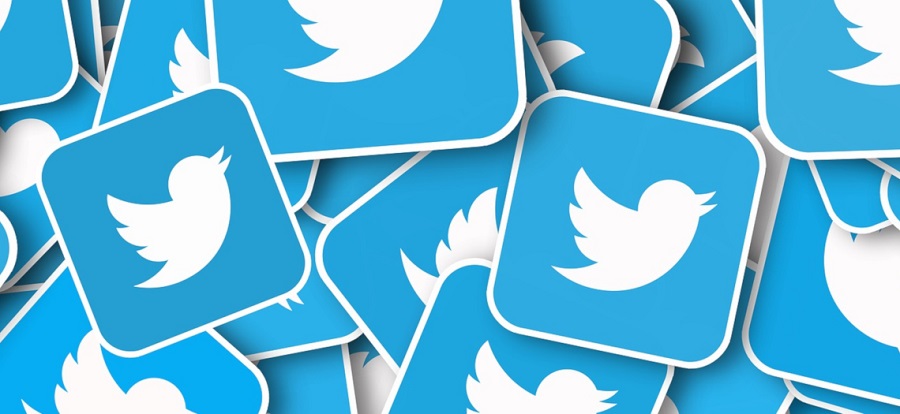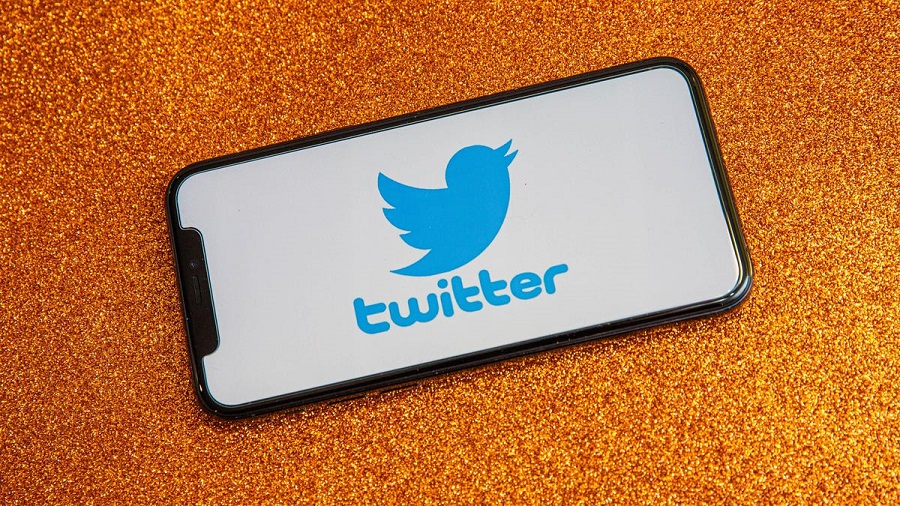
Unlocking Twitter’s Potential: Amplifying Your Brand’s Voice
Twitter, a platform synonymous with real-time communication, has emerged as an indispensable tool for brands striving for recognition. With its unique, concise messaging style and vast global audience, it offers a powerful platform for brand promotion.
However, merely having a Twitter presence doesn’t guarantee success. To truly harness its potential, one needs to understand the nuances of Twitter marketing. This guide sheds light on maximizing Twitter for brand promotion, ensuring you get the most out of every tweet.
Understanding the Twitter Landscape
Twitter is more than just a social media platform; it’s a bustling digital ecosystem filled with opportunities and challenges. Brands must appreciate its dynamics to craft effective strategies. Firstly, Twitter’s user base is diverse, encompassing professionals, celebrities, activists, and everyday users. This diversity implies that content must be versatile to cater to varied interests.
Secondly, the platform is driven by trends. Staying updated and participating in trending conversations can provide immense visibility. However, authenticity is crucial. Jumping onto trends without genuine interest can backfire, resulting in negative brand perception.
The Art of Tweet Crafting
Conciseness is Key
Twitter’s 280-character limit demands brevity. But this constraint can be advantageous. By focusing on clear, concise messages, brands can deliver impactful content that resonates with the audience. Succinct tweets not only grab attention but also encourage sharing, amplifying the brand’s reach.
Engage with Multimedia
While words are essential, visual content, including images, GIFs, and videos, enhances tweet engagement. Infographics, short promotional clips, or behind-the-scenes videos can add depth to your tweets, making them stand out in crowded timelines.
Building Genuine Connections
Success on Twitter isn’t solely about broadcasting messages. Engaging with followers, responding to comments, and participating in conversations establish a brand as approachable and caring. Retweeting user-generated content or hosting Q&A sessions can foster a sense of community around the brand.
Furthermore, collaborations with influencers or industry experts can elevate the brand’s credibility and reach. However, partnerships should align with the brand’s values and audience interests.
Twitter chats, where brands host discussions on specific topics, are another excellent way to engage the audience, gather feedback, and establish thought leadership.

Measuring Success and Adapting
Like all marketing endeavors, tracking Twitter performance is pivotal. Monitoring metrics like engagement rate, retweet count, and follower growth helps assess strategy effectiveness. Additionally, tools like Twitter Analytics offer insights into audience demographics, tweet impressions, and more.
Constantly analyzing these metrics ensures brands can tweak their strategies, optimizing for better results. It’s crucial to be adaptable, embracing new features or adjusting to platform changes.
Conclusion: Making Every Tweet Count
Twitter’s potential for brand promotion is undeniable. However, the platform’s dynamic nature demands constant learning and adaptation. By understanding its landscape, crafting impactful tweets, building genuine connections, and continuously measuring success, brands can ensure they not only survive but thrive on Twitter.
Remember, in the world of Twitter, it’s not about shouting the loudest but about making every word, every tweet, count.
